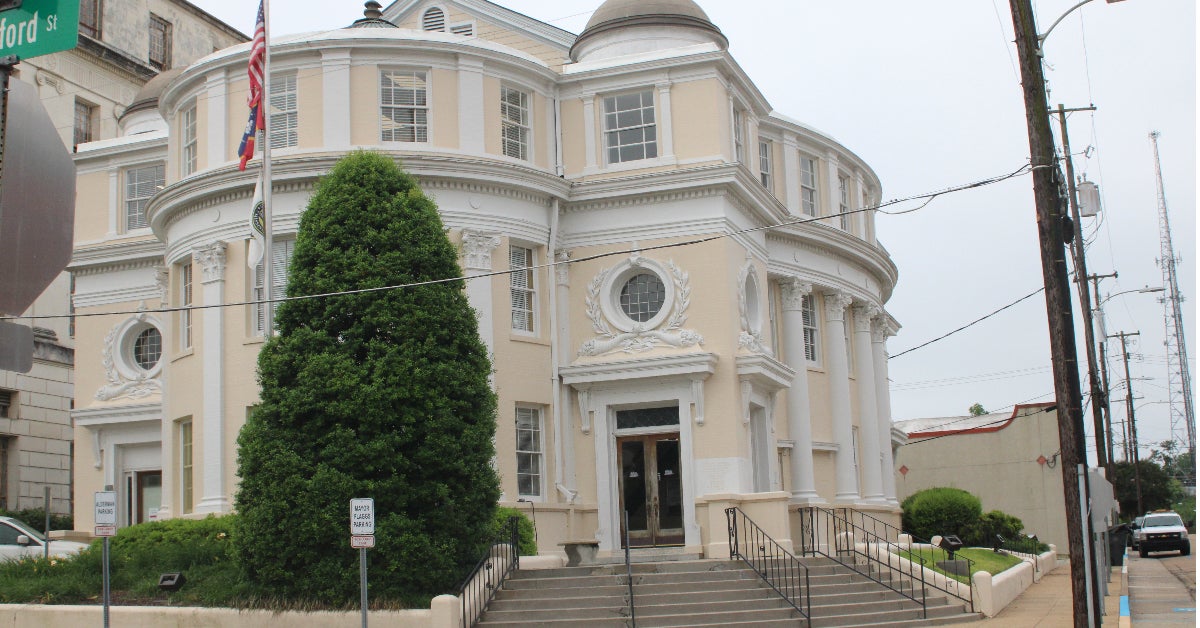Vicksburg population up 1.1% in 1990s
Published 12:00 am Wednesday, October 25, 2000
Vicksburg’s population increased during the past decade, and the city’s chief economic official says it can be attributed to a strong economy.
“A lot of people are moving to where there is economic development,” said Jimmy Heidel, who returned to Vicksburg this year as head of Vicksburg-Warren County Chamber of Commerce, Economic Development Foundation and Warren County Port Commission after serving nearly eight years during Gov. Kirk Fordice’s administration as head of the Mississippi Department of Economic and Community Development.
Between 1990 and 1999, the city’s population grew 1.1 percent to 27,184, according to estimates by the U.S. Census Bureau. During the same period, the number of Warren County residents grew 2.6 percent, to 49,148.
Casinos first appeared in the state during that same period. The first of Vicksburg’s four casinos opened in August 1993.
During the same nine-year period, the nation’s population grew 9.6 percent, while Mississippi showed an increase of 7.5 percent, to 2.7 million people.
U.S. Census officials plan to release results of their more comprehensive 2000 Census count in the spring.
In outlying areas from Vicksburg, Claiborne County saw an increase of 2 percent in population, to 11,596, while the city of Port Gibson lost 2.9 percent of its residents, bringing the total count in the city to 1,799 people.
“Where you’re seeing a decline in population, there is little economic activity,” Heidel said.
In areas where unemployment numbers are among the highest in the state, such as Sharkey and Issaquena counties, both just north of Warren County, the population declined. Sharkey saw a drop of 7.4 percent, and Issaquena, 14.4 percent. Rolling Fork’s population went from 2,444 in 1990 to 2,257 in 1999, a reduction of 7.7 percent.
Many residents in neighboring counties have been commuting to work in Warren County for years and may have attributed to the shift in populations, Heidel said.
“After a while, you end up relocating to be closer to your job,” he said.
Anguilla’s population dwindled 5.8 percent since 1990 to 832 citizens. The sharpest decline in the state was in the town of Mayersville, where the loss of 39 residents reduced the overall population by 11.9 percent.
Claiborne, Sharkey and Issaquena counties were among the 20 poorest counties in the state targeted by Gov. Ronnie Musgrove’s new plan for economic development.
“Those are the types of communities that are not attracting manufacturing,” Heidel said. “It’s unfortunate, too; we’re going to loose a lot of our smaller communities.”
Not every city with a decrease in population during the past 10 years was because of a poor economy. Some residents moved to be in suburban neighborhoods, outside of the inner cities, Heidel said.
The largest city in the state, Jackson, lost 8.1 percent of its residents from 1990 to 1999, reducing its population to 180,664. During that same time period, areas surrounding Jackson, including Pearl, Clinton, Ridgeland, Brandon and Madison, grew.
“They’re still in the metro area,” Heidel said. “They’re just not in the city limits.”
The largest growth in the state was recorded in Olive Branch, where the population grew 132.5 percent, nearly 10,000 residents, in the last decade. Areas near Memphis benefited from the overflow of industry, Heidel said.





